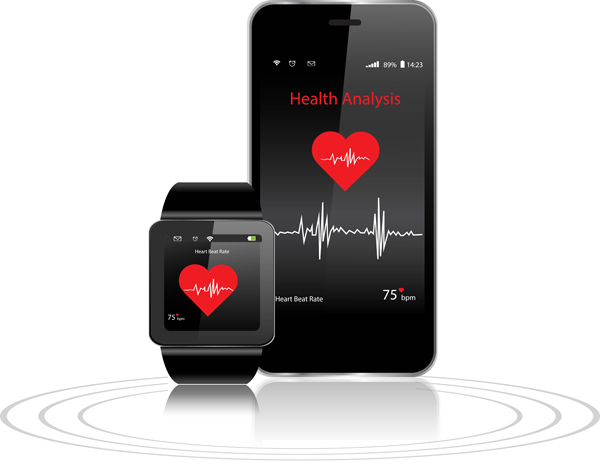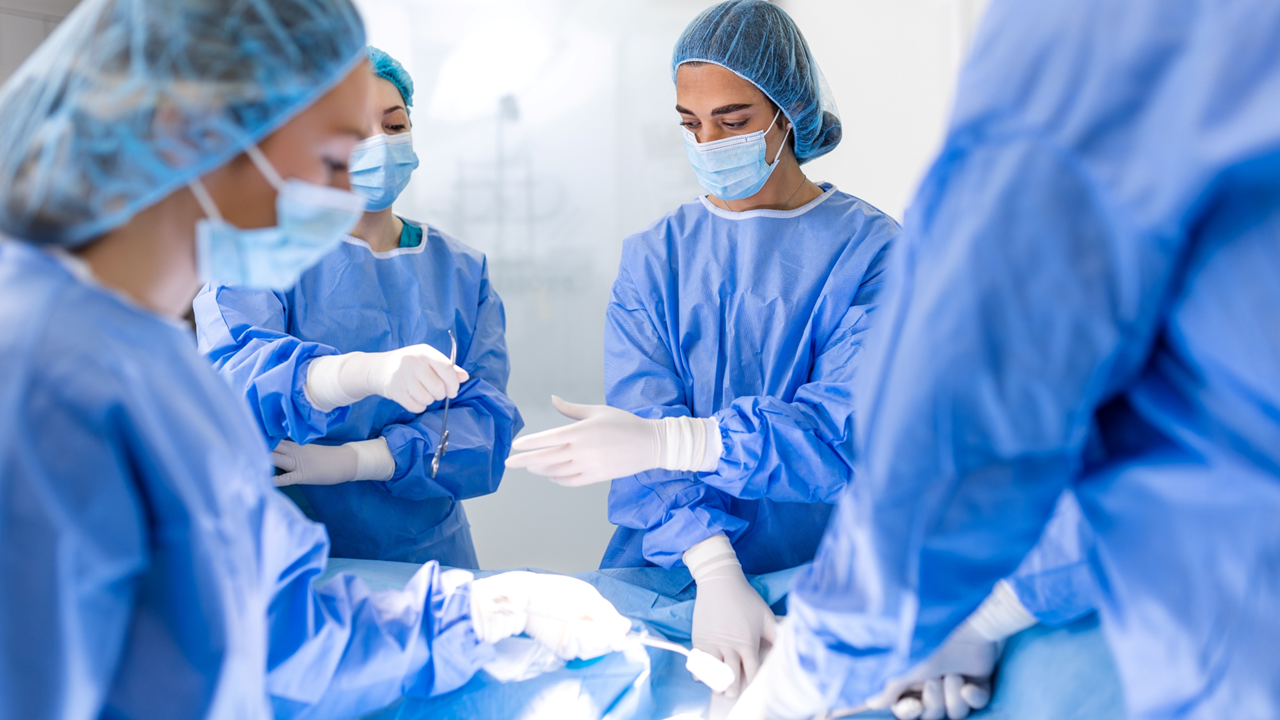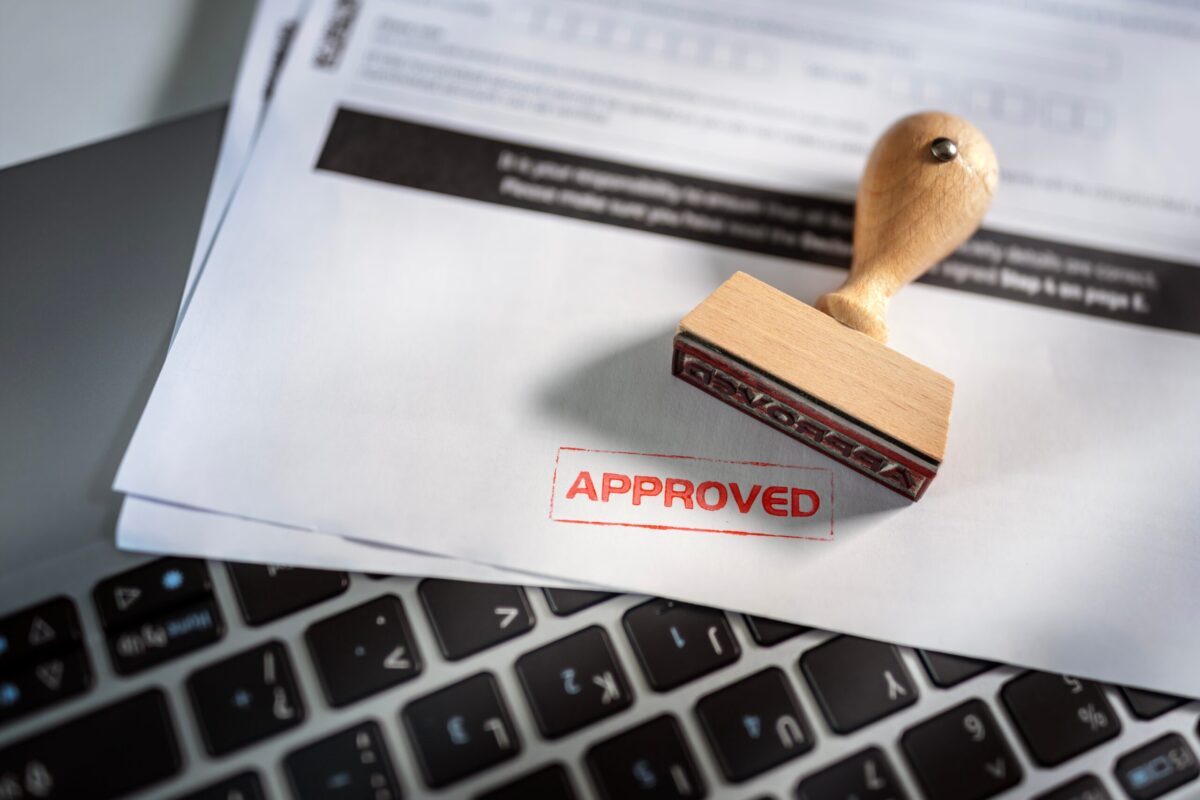The medical device industry is currently experiencing a period of rapid growth, which can be attributed to recent advancements in wearable medical technology. In 2012, the wearable tech industry was worth $2 billion; this number increased by 26 percent as of 2014, when the industry was worth an estimated $2.7 billion.
As sales of wearable medical monitors rise, and healthy, average consumers increasingly look for high-tech gadgets to monitor their health, device manufacturers are developing technology which can be marketed to both healthy individuals as well as those with specific medical conditions. Following recent changes in FDA regulations for medical devices, there’s never been a better time for device innovation in the industry.
The current generation of smart medical technology boasts features that benefit the health-conscious consumer, just as well as they benefit the patient with a manageable illness. As medical device technology gets more sophisticated however, there is a need for the development of advanced security features, to keep the wearer safe.
FDA Regulations for Medical Device Manufacturers
The Food and Drug Administration (FDA) in the US, has established guidelines for medical device manufacture, which must be followed by device developers in order to receive agency approval. The administration classifies medical devices into three distinct categories, depending on the level of sophistication and potential risks involved with use.
- Class I General Controls: These devices are simplistic in nature and carry no risk associated with use. These devices include tongue depressors and elastic bandages, and the only regulations they must follow are those associated with proper labelling and manufacturing processes.
- Class II General Controls and Special Controls: These devices are more complex than Class I devices, but they still carry very little risk involved with use. Examples of devices in this class include electric wheelchairs and surgical needles.
- Class III General Controls and Premarket Approval: These devices are the most sophisticated in terms of design, and as such, they present the most risk. These devices may be used to sustain life, and are often implants such as a pacemaker. As these devices are considered to be the most risky, their approval requires extensive testing to determine product safety and risk/benefit potential.
The FDA recently announced that in the past five years they have made a significant improvement in the time it takes to approve a medical device. The agency noted that the approval time for device submissions has been reduced for 510(k)s, Premarket Approvals (PMAs), Investigational Device Exemptions (IDEs), and de novo requests. The total times to a decision on each device have been improved from 2010 to 2014 as follows:
- 510(k)s: From 132 days to 115 days
- PMAs: From 352 days to 242 days
- IDEs: From 442 days to 30 days
- De novo requests: From 992 days to 300 days
The FDA also reported that the overall percentage of approved devices has risen, compared to the percentage in 2010. In 2010, the percentage of approved 510(k)s was at 73 percent, which increased to 84 percent in 2014. The percentage of approved PMAs rose from 59 percent in 2010, to 86 percent in 2014.
In light of the changes made by the FDA, new medical devices are being approved and hitting the market, in record time.
Devices That Close the Gap Between Disease Management and Health Monitoring
These devices represent a fraction of the newest medical devices available that offer benefits for disease patients and those wishing to keep a closer eye on their health. The developers of these devices have cleverly avoided specializing in one area over of the other, in order to ensure the broadest customer base possible.
Lechal Smart Footwear
Hyderabad, India-based company Ducere is home to Lechal smart footwear; a product created to help the visually-impaired navigate the streets, which also appeals to the fitness enthusiast (7). According to the company’s website, Lechal is the world’s first haptic footwear, using the power of vibrations to guide the wearer to their destination.
Lechal offers a suite of products from customizable insoles, to functional and stylish shoes, all of which contain their haptic technology housed in a tough, compact pod. The pods provide sensory feedback to the wearer – in the form of tactile vibrations – which lead the wearer to a predetermined destination.
The pods connect via bluetooth with a smartphone app which collects arcuate metrics based on the individual’s activity level, including a step counter, distance travelled and calories burned, and can be programmed with a number of preferred destinations. These fitness metrics hold obvious appeal for athletes and fitness enthusiasts.
To cater towards the visually-impaired, the app responds to voice commands and the intensity of the vibration can be customized depending on the environment being travelled. It features turn-by-turn navigation, and it can even repeat a direction with a simply foot gesture.
Each pod weighs 22 grams and is under 8mm thick which means it won’t impede a person’s natural gait. The pods are charged using a USB charging dock with a single charge lasting 15 days.
According to Lechal’s creators Krispian Lawrence and Anirudh Sharma, “Lechal footwear was born out of a simple impulse to use technology to help the visually-impaired navigate their worlds better. This impulse continues to guide Lechal’s design philosophy, which is one that puts inclusivity and accessibility first.”
Lumo BodyTech for Back Support
The Lumo Lift is another medical device that uses haptic feedback, in order to improve posture and spinal health. The product is marketed towards anyone with poor posture, but it can also benefit those with spinal issues such as scoliosis.
Lumo Lift is a small magnetic chip worn close to the collarbone, which uses biomechanical motion sensors to track the wearer’s posture and make small vibrations to remind the user to sit up straight. The Lumo Lift is the second generation of posture support developed by the company; Lumo Back was the considerably larger original model, which was worn around the waist to detect changes in posture.
“We are frequently contacted by physical therapists, ergonomists, researchers and corporate wellness program leaders who see who see the Lumo Lift as a practical way to support the behavior and healthy habits they have been advocating for years,” said Lumo BodyTech’s CEO, Monisha Perkash.
The company refers to the device as a “posture coach” as the product helps the wearer achieve their ideal posture. Lumo BodyTech claims that its product is based on research which suggests that better posture can help prevent back pain, lower stress and increase productivity.
According to the company’s research lead, Tansy Brooke, “One of the important things about the way we designed the Lumo Lift, was including the ability to ‘align’ or calibrate the sensors. We know that when it comes to back health, or any type of health frankly, it is not one size fits all. We know there is a percentage of the population where what is considered ‘good posture’ for the average individual is not good for them. That is one of the exciting things about the new wave of wearable devices – personalization.”
Brooke goes on to say, “I personally suffer from scoliosis, my body carries some additional weight and I am larger breasted. All of these factors make me at higher risk for back problems and my doctors have always advocated core strength and movement. Using the Lumo Lift allows people to maintain good posture when they can be successful allowing them to build good muscle memory, supporting naturally better posture.”
Like many other modern consumer medical devices, the Lumo Lift also records activity data to monitor daily exercise. All of the data is exported to the Lumo Lift app, where the user can track their posture-improving progress.
EarlySense Health Monitoring
Israel-based health monitoring company EarlySense, is responsible for the development of remote patient monitoring technology which help medical professionals gather data about patient recovery and wellness. Their contact-free sensor technology allows the device to be inserted beneath the patient’s mattress while still collecting vital data such as heart rate, respiration and patient movement.
Their suite of products allow clinicians to monitor patient status both in and out of an ICU environment. The device uses piezoelectric technology to detect mechanical vibrations emitted from the patient’s body.
According to Avner Halperin, CEO of EarlySense, “The challenges of the aging population and rising healthcare costs motivate all health systems to focus on keeping people away from hospitals for as long as possible while keeping them safe. This requires professional intervention at the earliest indication of real risk. In order to do that, proven medical technologies must find their way into the home in form factors that are simple, cost effective, accurate, predictive and personalized.”
The company’s website lists a number of statistics to back up the claim that EarlySense technology improves patient outcomes. According to data reported from a hospital in California, 89% of nurses felt that using the EarlySense system to monitor respiratory rate, and heart rate, and setting up high/low alarms, helped the staff identify those patients whose health was deteriorating.
In addition to providing patient monitoring systems for hospital and at-home use, the company recently announced its plans to partner with Samsung to develop and market a health-monitoring device to the average consumer. The device will monitor heart rate, respiratory rate, sleep patterns and movement using the same piezoelectric technology as the clinician version.
Data collected by the device will be sent to a smart phone app where the user can track changes their health. The technology will also integrate with smart-home solutions, allowing the user to customize their living quarters to maximize health. The company even suggests the device could be programmed to arm a home-security system when the user goes to bed.
“Building upon the success of our contact-free monitoring solution in the hospital setting, our core technology can make a similar impact for consumers who want key information on their overall wellness,” said Liat Tsoref, VP & GM of the Digital Health Business Unit of EarlySense. “myEarlySense is the next logical step after wearables – which we call ‘invisibles.’ We are proud to offer an extremely accurate, contact-free device to manage personal wellness and sleep patterns. Our solution can benefit everyone in taking better care of themselves and their loved ones.”
The version of myEarlySense – called Sleep Sense – which will be marketing by Samsung, is expected to be launched in South Korea by the end of 2015. Availability in other markets is expected to follow.
Speaking of the company’s venture into consumer health, Halperin said, “We see a huge value in our technology in the home consumer space or digital health space. This technology that was invented and proven in the toughest environment of the hospitals and home care institutions, now we’ve proven that that same capability can be brought into the home. And the fact that this is completely contactless, the person has no need to change anything in their lifestyle is a very attractive proposition.”
Medical Device Hacking
Due in part to their increasingly complex designs, medical devices are becoming more and more susceptible to corruption and potential device hacking for malicious purposes. Most medical devices – including implantable devices such as pacemakers – use software which controls programming of the device, and collects vital patient information. As medical device use is becoming more common among consumers who are interested in monitoring their own health, medical device hacking may become a new target for terrorists.
However in an effort to extend battery life, this data is rarely encrypted, making it an easy target for device hackers. Last year Scott Erven, head of information security for Essentia Health, was asked to identify any vulnerabilities with the medical devices found in a large chain of Midwestern hospitals. While Erven and his team expected to find some weak points, they were unprepared for just how wide-spread the hacking potential of medical devices would be
According to an article publish in WIRED, Erven found, “Drug infusion pumps–for delivering morphine drips, chemotherapy and antibiotics–that can be remotely manipulated to change the dosage doled out to patients; bluetooth-enabled defibrillators that can be manipulated to deliver random shocks to a patient’s heart or prevent a medically needed shock from occurring; X-rays that can be accessed by outsiders lurking on a hospital’s network; temperature settings on refrigerators storing blood and drugs that can be reset, causing spoilage; and digital medical records that can be altered to cause physicians to misdiagnose, prescribe the wrong drugs or administer unwarranted care.”
Malicious attacks on medical devices can be organized into three different categories:
- Insider attacks in which people working in device manufacturing misuse device programmers by stealing personal information, which may hurt the patient or the original equipment manufacturer (OEM).
- Passive outside attacks in which individuals who should not have access to sensitive patient information gain access by hacking their medical device and potential sharing the information.
- Active outside attacks in which changes can be made to the medical device – like draining its battery – which would negatively affect the patient’s health and wellbeing.
Thomas Keenan, a computer security expert and author of Technocreep, agrees that device manufactures must be more proactive in ensuring device security and safety, but warns against encryption as it may shorten battery life. Instead, he says we need to develop new software that can undergo extensive testing before a device is approved by the FDA.
While medical devices are integral to the treatment and management of many diseases, further steps must be taken to ensure the user is protected from potentially malicious device hackers. As these devices become more sophisticated in design, and offer newer features which increasingly apply to the health-conscious consumer, regulatory bodies must ensure that the device is safe and secure before it hits the market.
Do you agree that medical device manufacturers are increasingly targeting the average consumer? Do you believe that medical device hacking is a serious problem? Share your opinions in the comments section below!











Join or login to leave a comment
JOIN LOGIN